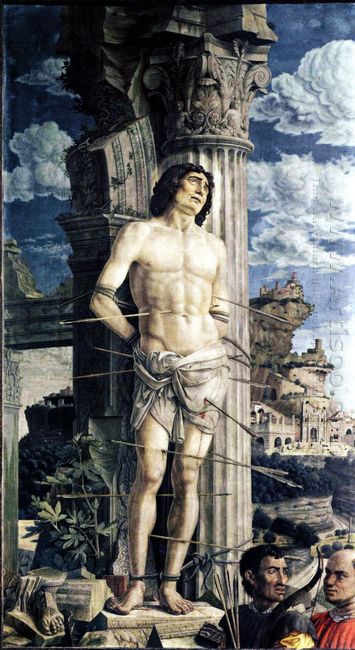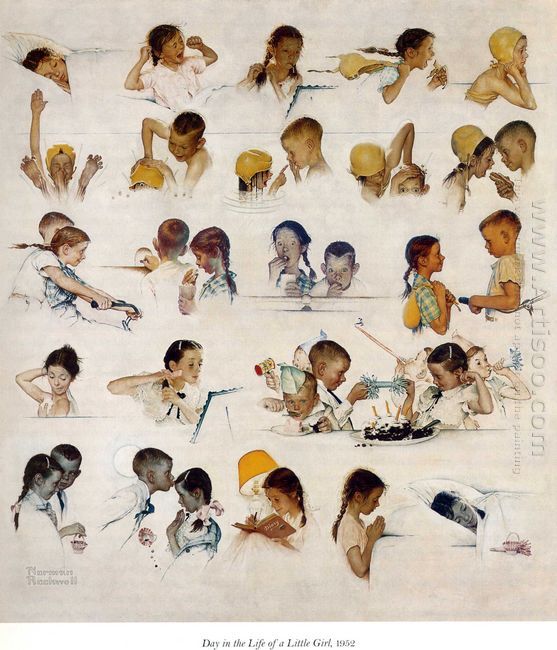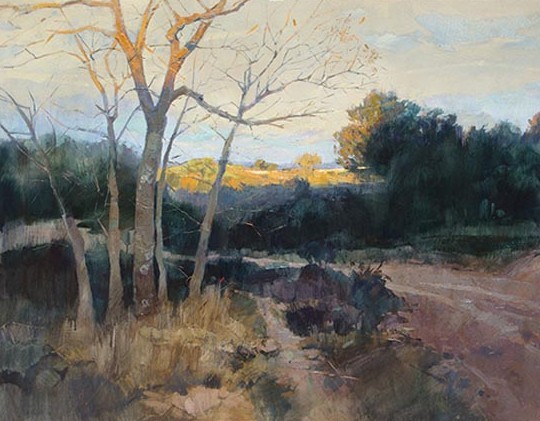Andrea Mantegna was a prolific painter of drawing on the church walls. Mantegna paintings reflected the typical style of northern school in the second half of 15th century. San Sebastian was one of the most representative portraits of Mantegna.
San Sebastian by Andrea Mantegna was a Rome martyr in the biblical legend. He was preaching in the Roman army, and was arrested by the Roman Emperor who was against Christian and shot dead with arrows. In the fifth Century B. C., when the Christianity was not allowed to work in public, it was very cruel for Rome's rulers to treat Christian’s slaughter. On the eve of the Rome to the total collapse, people who died for this religious martyr were more than San Sebastian. This action was very common in the history.
So it was not difficult to understand why San Sebastian was used as the saint of the religious legends. In 15th century, the church also repeatedly used this theme. The artist used this character to recognize the rights of the people and their prey, and Mantegna earlier made this try. Here the martyr was tied to a symbol of Roman Triumphal Arch. People had been killed with arrows, one arrow from the martyr's chin injection forehead, which showed the arrows to be shot from all sides. The pillar behind was Corinth, which seemed to explain the background buildings were close to the public buildings in Rome before the 5th century. Mantegna wanted to show a real historical environment through these details in this Early Renaissance painting. Due to the limitations of perspective principle, the painting’s background did not coordinate with the characters. If this painting was taken as the historical theme to expose the ancient tyranny in history, it may enable us to more admire Mantegna’s art.






